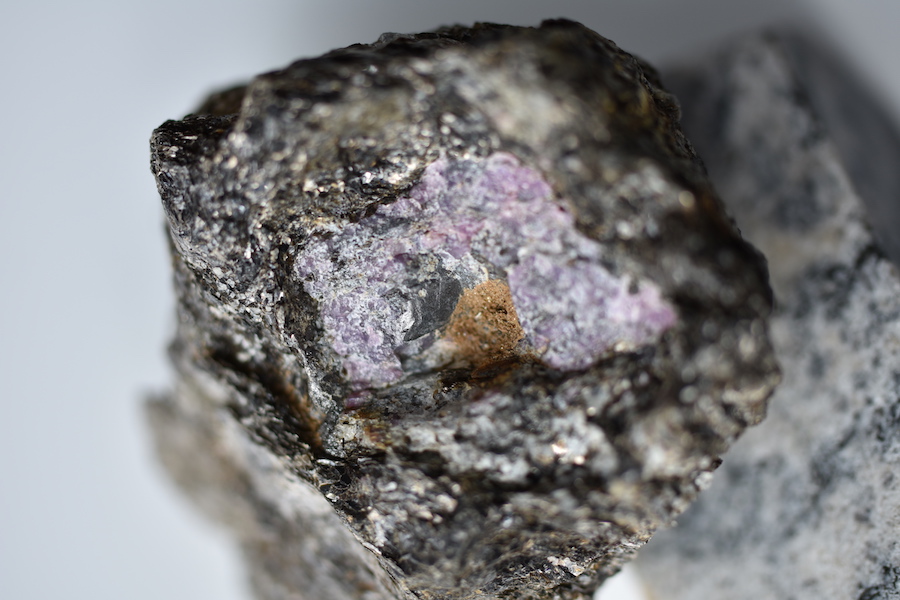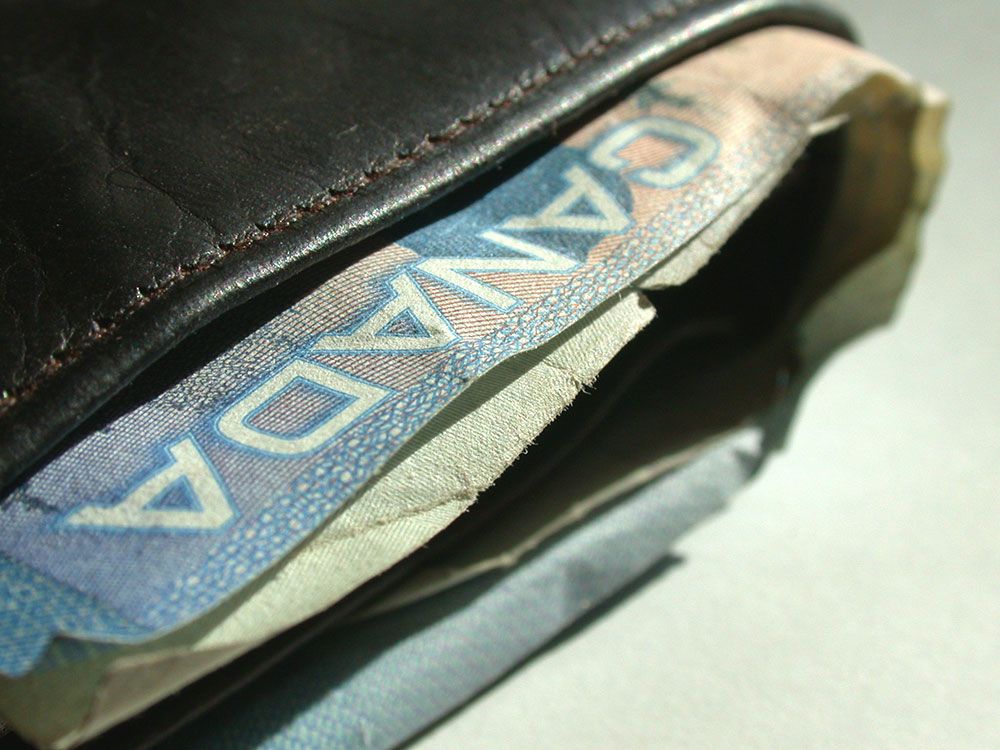
During this research in Greenland, which holds the oldest known deposits of rubies in the world, the team found a sample that contained graphite, a mineral made of pure carbon.
“The graphite inside this ruby is really unique. It’s the first time we’ve seen evidence of ancient life in ruby-bearing rocks,” says Yakymchuk. “The presence of graphite also gives us more clues to determine how rubies formed at this location, something that is impossible to do directly based on a ruby’s colour and chemical composition.”
The find has been linked to a time on the planet when oxygen was not abundant in the atmosphere, and life existed only in microorganisms and algae films.
During this study, Yakymchuk’s team discovered that this graphite not only links the gemstone to ancient life but was also likely necessary for this ruby to exist at all. It changed the chemistry of the surrounding rocks to create favourable conditions for ruby growth. Without it, the team’s models showed that it would not have been possible to form rubies in this location.
Greenland’s seabed is being explored to determine whether it is home to marine diamonds. A survey conducted on behalf of De Beers at the end of September, focused on gathering information about the Arctic seabed.
Western Greenland is a known source of onshore diamonds, but De Beers is attempting to find out whether the precious gems may have been carried out to sea during geological movements.
The company, the world’s largest diamond producer by value, obtained an onshore exploration permit in July 2019 and was granted an offshore extension in October 2020.
Greenland already has a ruby and pink sapphire operation — Aappaluttoq. Open in 2017, the mine has 10-year productive life. Together with being the first coloured gemstone mine in Greenland, is one of the first mines with modern operations in the country.




